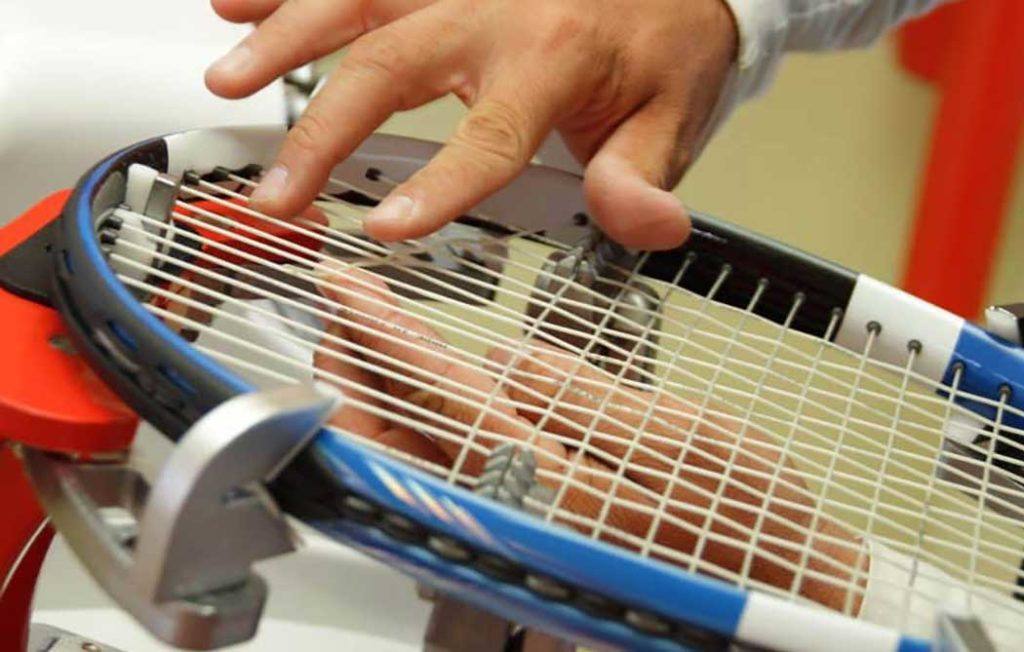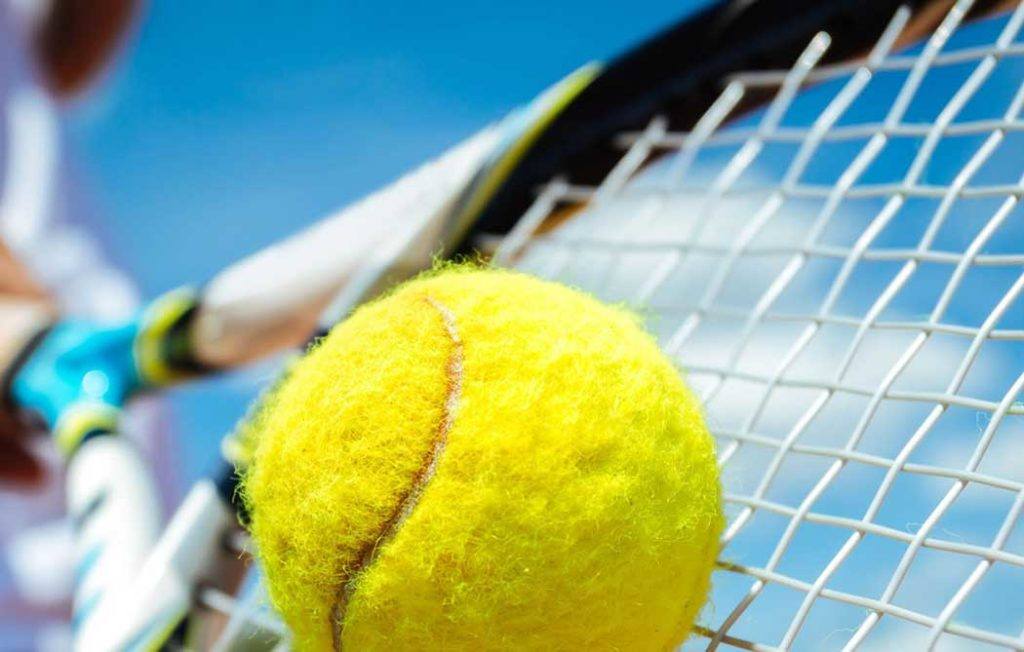{{current_weather.dt | momentjs( atts.date )}}
{{current_weather.temp | temp}} °{{units}}
{{day.dt | momentjs(atts.date)}}
{{day.temp | temp}} °{{day.temp_min | temp}} °{{units}}
Tennis Blog
How often should tennis players get their rackets restrung?
The restringing questions is one we get asked a lot as Tennis Pro’s The basic idea is you should replace your strings as many times per year as you play per week In other words, if you play once a...


